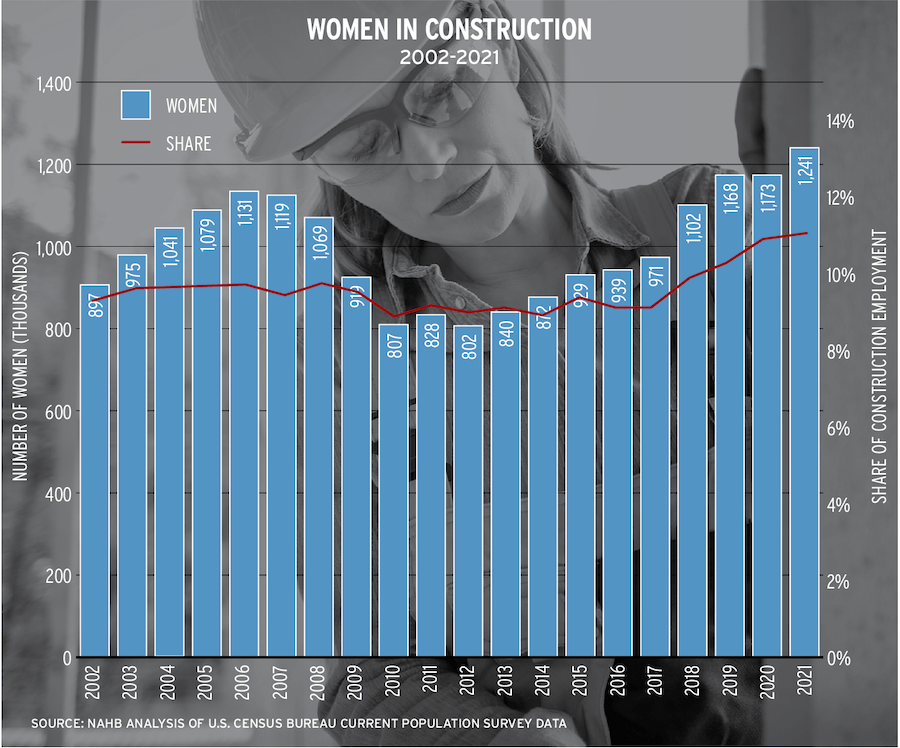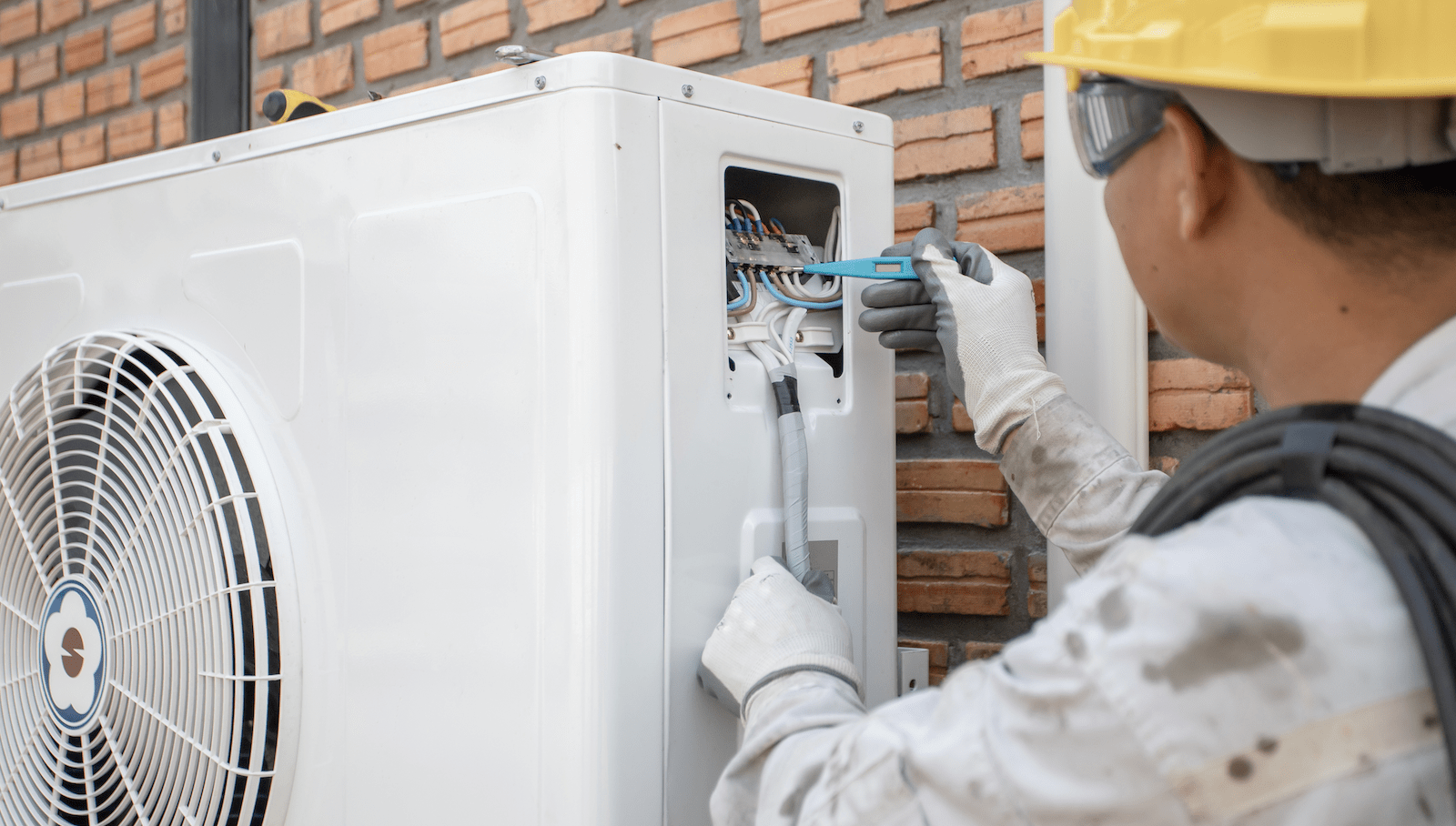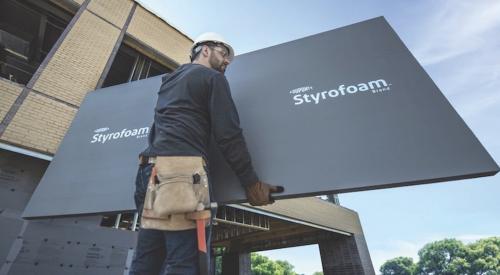Prior to the 2020 edition of the National Electrical Code (NEC), ground-fault circuit interrupters (GFCIs) weren’t required on connections between a new home’s electrical system and the air conditioning condenser unit—the part of the HVAC system that sits outside the home.
But section 210.8(F) of the 2020 NEC added a new requirement for a GFCI breaker on those connections. The problem: HVAC manufacturers had not engineered their products for such a connection. After Texas adopted the 2020 NEC in full, homeowners and builders in the state immediately began reporting issues with the GFCI breakers tripping when the air conditioner ran, sometimes multiple times a day because the GFCI breakers are incompatible with HVAC units. The same problem occurred in Georgia and other states.
RELATED
- Low-Cost Fire Protection For New Home Building/Remodeling
- Will GFCI Revisions for Manufacturers Confuse Trades?
- Net Zero Construction Is on the Rise, but Inconsistent Regulations Could Halt Progress
In response, a coalition of HVAC manufacturers and home builders appealed to the National Fire Protection Association (NFPA), which publishes the NEC.
In August, NFPA agreed that the requirements aren’t compatible with current HVAC equipment and halted the GFCI mandate until Sept. 1, 2026, giving manufacturers several years to engineer a solution.
The National Association of Home Builders (NAHB) actively supported the appeal and was persistent in bringing the problem of incompatibility to the attention of code developers throughout the 2023 NEC development process.
NAHB is encouraging its members to check with their local code bodies as they consider adopting the 2020 or future 2023 NEC to make sure the code contains the amended language exempting all outdoor HVAC equipment from GFCI requirements.
Number of Women Employed in Construction Increases
Women make up 11% of the in-field construction workforce, the highest share on record, according to the the U.S. Census Bureau’s 2021 Current Population Survey.
Job gains by women have been outpacing overall job gains in construction in recent years. As a result, the share of women working on jobsites increased from 9.1% in 2017 to 11% in 2021. Last year, the number of women employed in the construction industry increased to over 1.24 million, as the industry quickly recovered jobs lost during the first few months of the COVID-19 pandemic.
During the Great Recession, the number of women working in construction declined by almost 30% to 807,000 by 2010. From 2010 to 2017, the total slowly expanded to around 970,000 but remained below the peak of pre-recession levels. During that period, the share of women in construction remained relatively stable at around 9%.
As the residential construction industry faces an ongoing shortage of skilled labor, NAHB has made it a priority to bring more women into the jobsite workforce.














